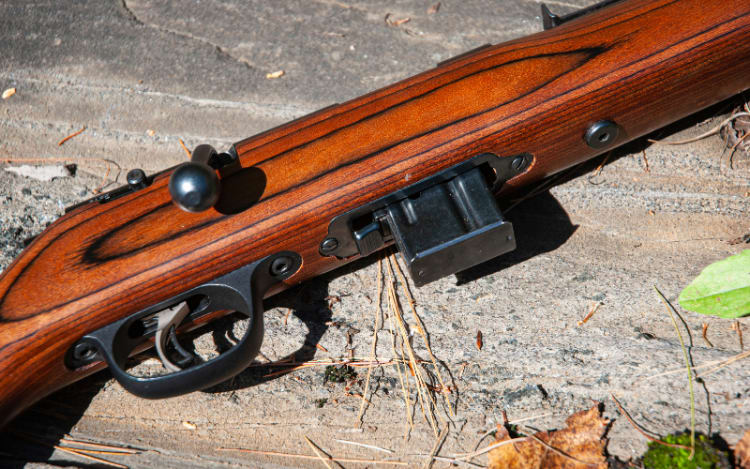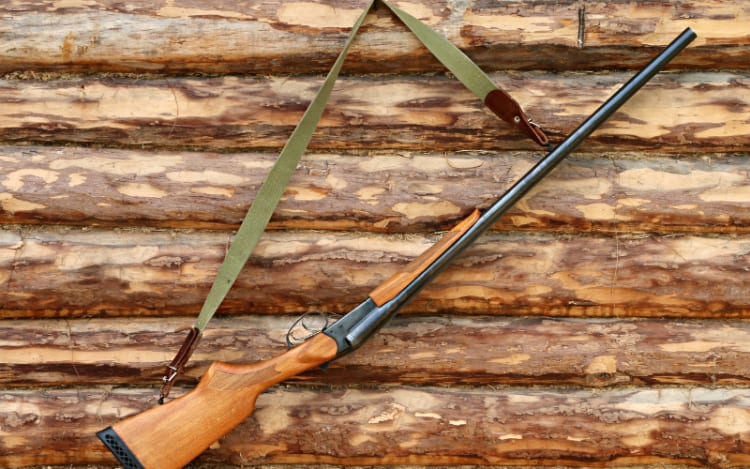11 Skills for Caring for Your Gun in the Wild
11 Skills for Caring for Your Gun in the Wild

When you're out in the wild, miles from a gun shop or a workbench, keeping your firearm in top shape is crucial. Whether you're hunting elk or just camping with the boys, a well-maintained gun can be a lifesaver. This list breaks down 11 skills every guy needs to keep their piece ready for action in the backcountry. No fluff, just practical know-how to keep your firearm from letting you down when you need it most.
Field Stripping Like a Pro

Knowing how to break down your gun in the middle of nowhere is a game-changer. Field stripping means taking apart your firearm to its basic parts for cleaning or troubleshooting without a fancy workbench. I learned this the hard way when my old Ruger got jammed with mud on a hunting trip in Montana—had to strip it right there in the rain to get it working again. Practice at home so you can do it blindfolded if you have to.
Cleaning Without a Kit

Sometimes you’re stuck without your cleaning kit, and that’s when you gotta get creative. Use a cotton t-shirt, some paracord, and a stick to make a makeshift bore snake. A little bit of gun oil or even cooking oil from your camp kitchen can keep things slick. The trick is to keep the barrel and action free of gunk, so your gun doesn’t choke when you pull the trigger.
Spotting Wear and Tear

Being able to eyeball your firearm for damage is key. Check for cracks in the stock, loose screws, or a worn-out firing pin. Out in the sticks, a small issue can turn into a big one fast. Look over your gun every night at camp—catching a problem early can save you from a misfire when you’re staring down a deer.
Rust Prevention in Wet Conditions

Mother Nature don’t care about your gun, and damp backcountry air can make rust creep in quick. Wipe down your firearm with an oily rag every day, especially if you’re near water or it’s raining. Silicone cloths are awesome for this, but in a pinch, a dab of Vaseline works. Keep metal parts coated to stop corrosion from messing up your day.
Clearing a Jam on the Fly

A jammed gun in the backcountry is a headache you don’t need. Learn to clear a failure-to-feed or a stuck casing without panicking. Tap the magazine, rack the slide, and check the chamber. Practicing this at the range means you’ll be cool as a cucumber when it happens miles from nowhere.
Safe Storage in Camp

You gotta keep your gun safe when you’re crashed out in your tent. Store it unloaded, with the action open, in a dry spot away from your sleeping bag. A waterproof gun sock or a plastic bag with some silica packets can keep moisture out. Nothing’s worse than waking up to a soggy firearm when you’re days from civilization.
Improvising Tools

No toolbox? No problem. Learn to use what’s around you—like a multi-tool, a pocketknife, or even a flat rock—to tighten screws or pry open a stuck part. I once used a Leatherman to fix a loose sight on my shotgun during a week-long trip in the Rockies. Knowing how to MacGyver your way through a repair is a must.
Checking Ammo Condition

Bad ammo can screw you over faster than a broken gun. Inspect your rounds for dents, corrosion, or wet casings before you load up. Keep your ammo in a sealed container to avoid moisture. If a round looks sketchy, don’t risk it—toss it and grab a fresh one.
Lubrication Know-How

Keeping your gun lubed up is super important, but too much oil attracts dirt like a magnet. Use just enough to keep the moving parts smooth—think a couple drops on the slide or bolt. In cold weather, use a lighter lube to avoid gumming up. Test your lube at home so you’re not experimenting in the boonies.
Sighting In Without a Range

If your scope or sights get knocked off, you need to re-zero without a proper range. Find a flat spot, set up a target at a known distance (like 50 yards), and use a steady rest—like a backpack or a tree branch. Fire a few rounds, adjust, and repeat. It ain’t perfect, but it’ll keep you on target.
Know Your Gun Inside and Out

The best skill is knowing your firearm like the back of your hand. Study the manual, shoot it regularly, and learn its quirks. Every gun’s got its own personality—my old Remington 870 kicks a bit different than my buddy’s. When you’re in the backcountry, that knowledge means you can fix problems fast and keep your gun ready for anything.
More Galleries
